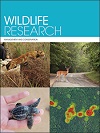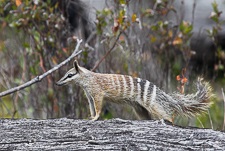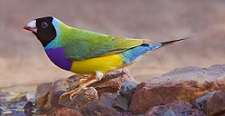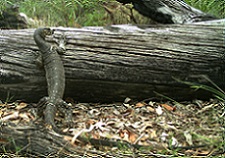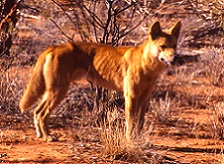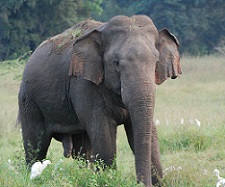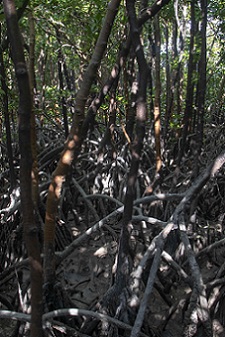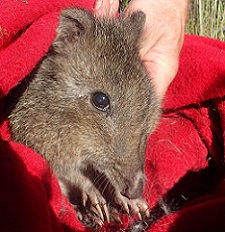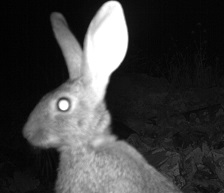
Some prey species can shift their daily activity patterns to reduce predation risk. We tested whether European rabbits can adapt their activity depending on predation risk by mesocarnivores in areas with different activity of mesocarnivores. We conclude that rabbits adapt their daily activity patterns by being more nocturnal in the fenced plot where the risk of mongoose (diurnal) predation is higher. Photograph by Jorge Tobajas.


